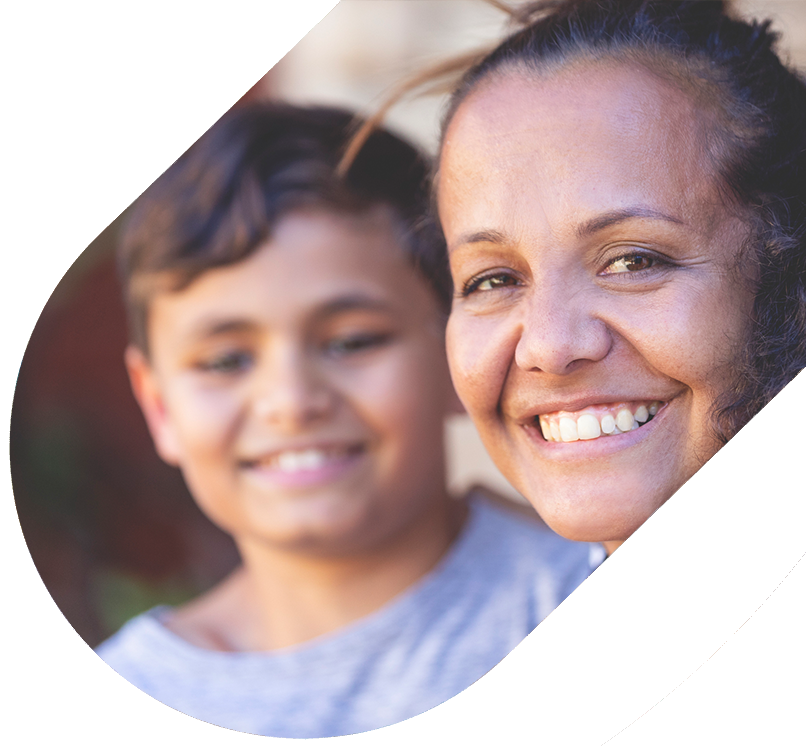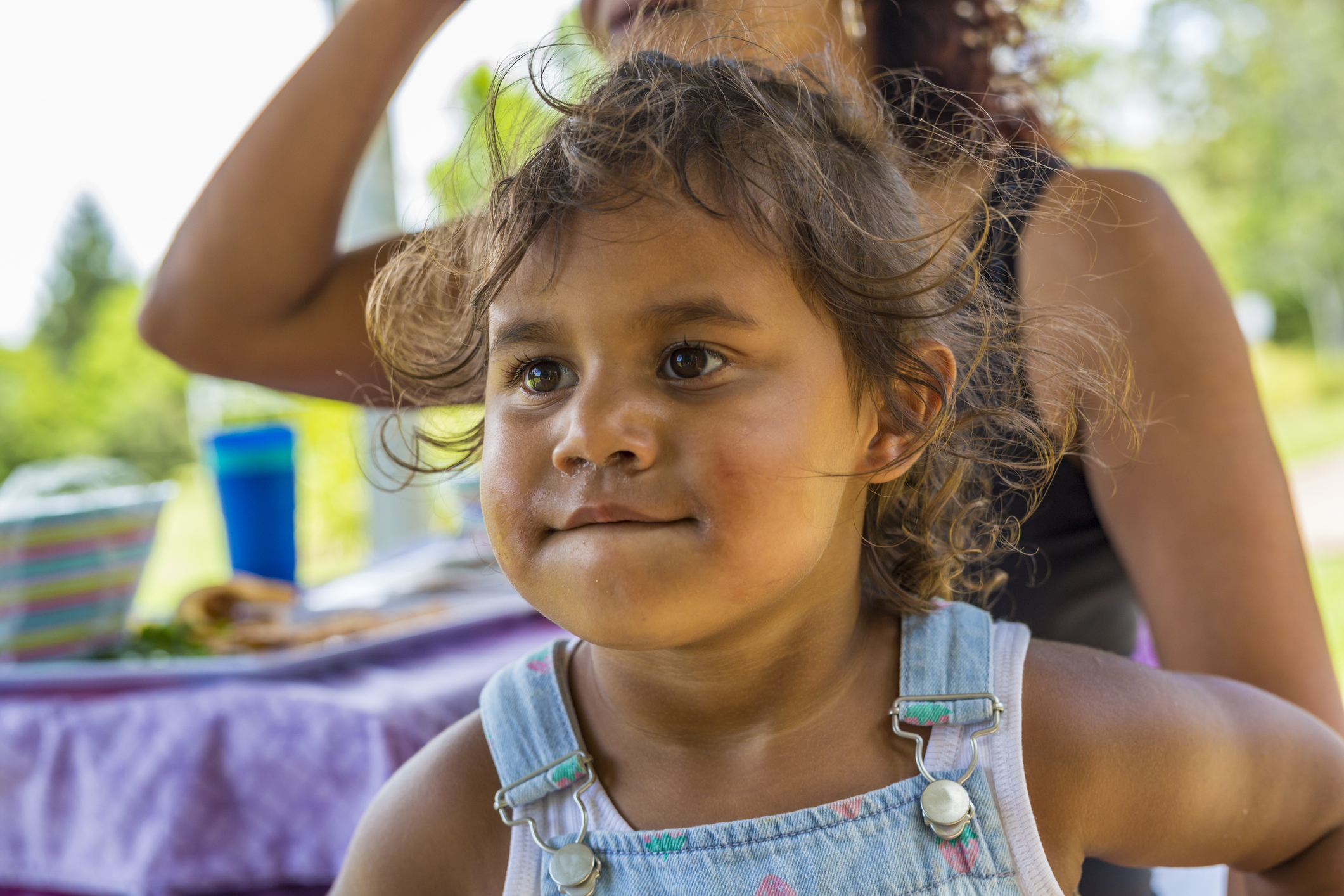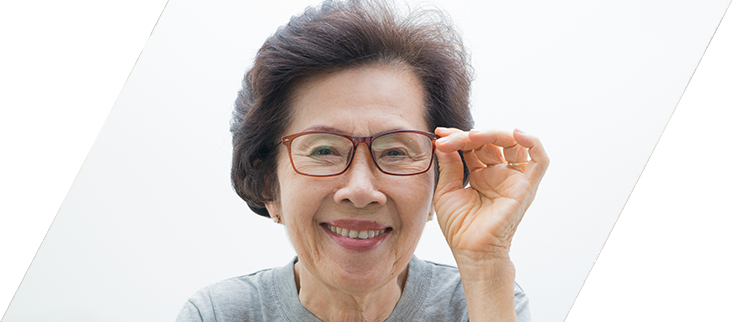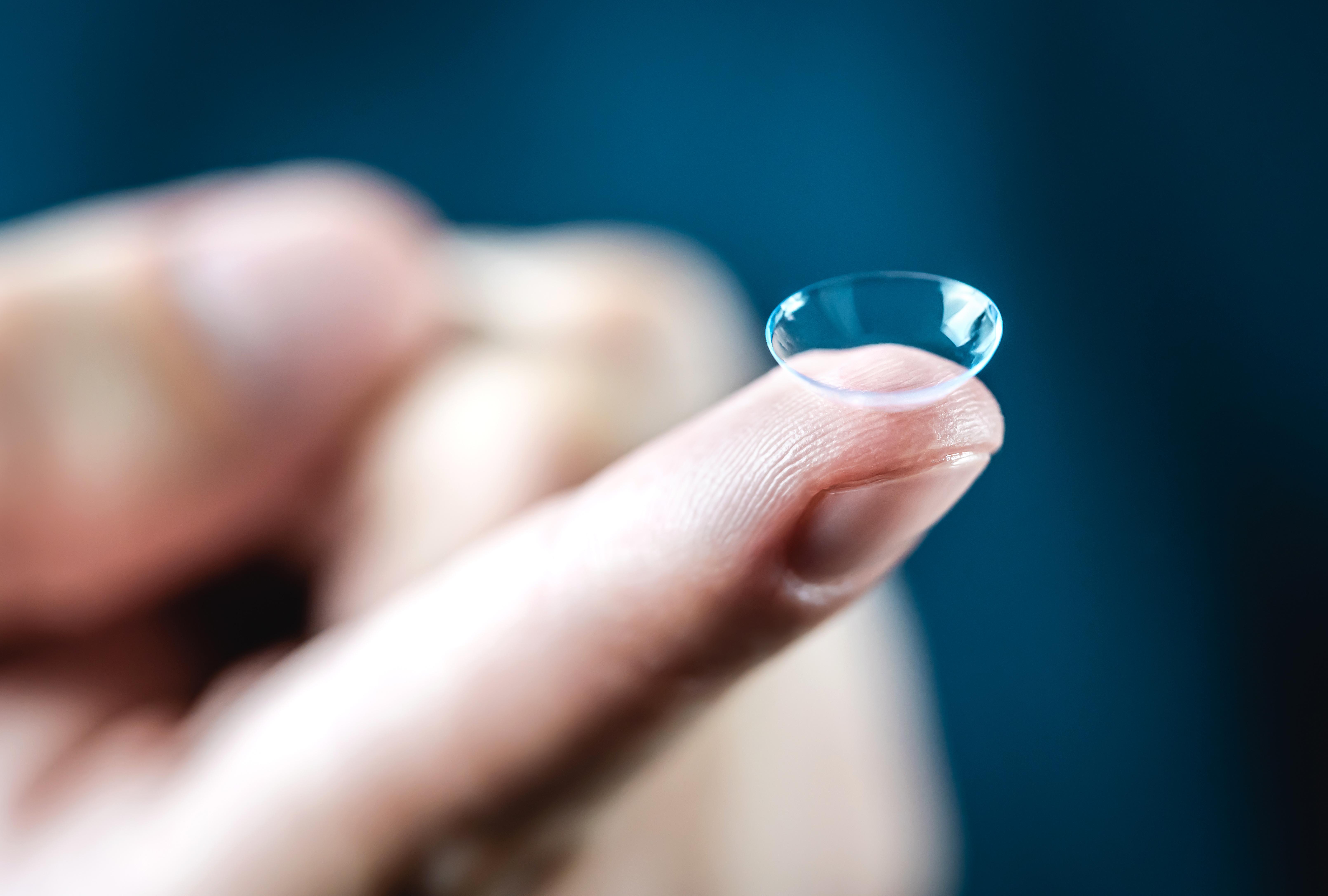
Amblyopia
Amblyopia, or ‘lazy eye’, is the most common cause of treatable sight loss in young children, occurring in approximately 2% of Australians growing up. Untreated amblyopia has been associated with poor reading scores, fine motor coordination difficulties and low self-esteem in children and young people. Early diagnosis and treatment results in better visual outcomes, but problems with visual processing and depth perception can remain, even after successful treatment. Many aspects of how children respond to amblyopia treatment are still poorly understood.

Clinical Trial- Low intensity red-light therapy
The ACO’s Myopia Clinic is an accredited site in a clinical trial of low intensity red-light therapy which aims to delay myopia progression by increasing blood flow in the back of the eye. The protocol was approved by the Human Research Ethics Committee (HREC) of the Royal Children’s Hospital Melbourne.
The Repeated Low Level Red Light Therapy is a randomised controlled trial, sponsored by Eyerising International, where children attending the clinic receive an innovative myopia control device to use at home, or to continue with single vision spectacles for one year.
This research is spearheaded by Dr Lisa Zhu and Prof Mingguang He from the Centre for Eye Research Australia (CERA). Dr Marianne Coleman is working closely with Nellie Deen (ACO General Manager City Clinics) and Zeinab Fakih (ACO Manager of Paediatric Services), and Di Miao (CERA) is supporting the trial onsite.

Normative OCT imaging
The ACO in collaboration with colleagues at the University of Melbourne (UoM) and Centre for Eye Research Australia (CERA) is working to develop a reference dataset of children’s OCT images. The dataset will support inherited retinal disease research undertaken by A/Prof Lauren Ayton at CERA and UoM













